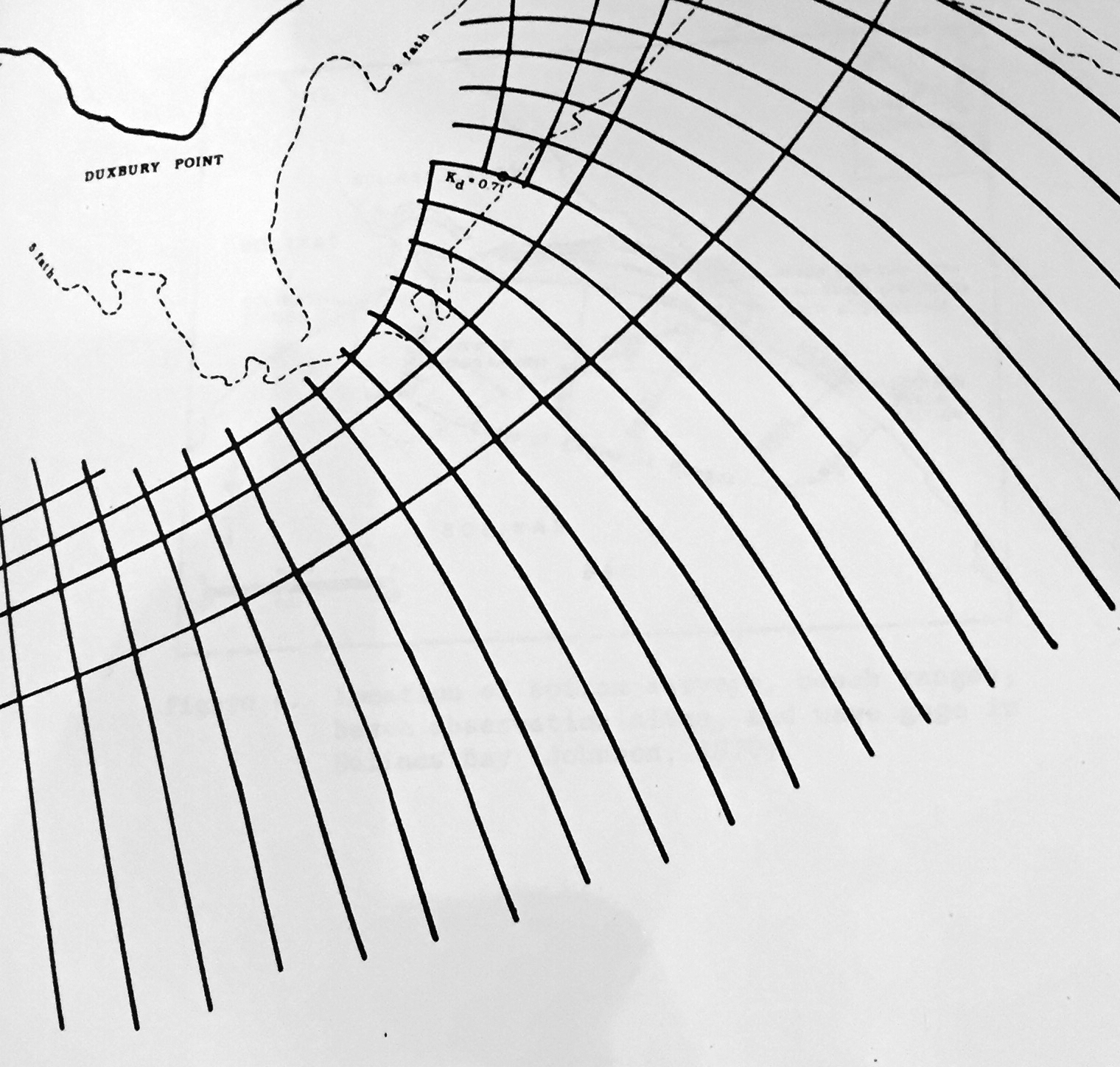PROCESS: Conversational interviews as art practice
Conducting conversational interviews with people from a wide range of backgrounds and perspectives has been a fundamental aspect of our art practice for over a decade. The core of the interviews is deep listening, but also research: the words and ideas that surface shape the resulting artworks in unexpected ways. The seemingly simple process of inviting people to describe a landscape or ecosystem touches on many questions and ideas, including: What is the power of language and memory to shape our sense of place in the natural world? Can the act of describing a landscape be a transformative process? Can increased awareness of a place lead to an increased sense of responsibility? What is the role of deep listening in today’s attention economy? In light of dramatic changes in ecosystems, can art foster resilience and action amidst loss and uncertainty?
The interviews lead the artists to additional research of related materials, including maps and photographs; scientific and numerical data; and books and news articles. Based on the gathered information, Hughen/Starkweather create and layer visual forms that reference specific infrastructures, landforms, natural systems, and maps. Rather than offering concrete information in their work, the artists hope to create a space of uncertainty that echoes the futures of these landscapes.
Hughen/Starkweather interview Melinda Stone (far right), environmental scientist, about shifting shorelines.
Interview with John Wick of the Marin Carbon Project for Black Gold.
Hughen/Starkweather at the Recology Compost facility, Vacaville, CA, for their project about food waste, Black Gold.
Our interview and walk with Sky Road Webb, Miwok poet, at Agate Beach in Marin County, CA
Interview with Burr Heneman, scientist and environmentalist, about the past and future of shorelines.
Hughen/Starkweather on boat under the San Francisco Oakland Bay Bridges old and new on a site visit lead by bridge engineers. The bridge above was under construction at the time, and would replace the 1936 bridge (to the right) which was damaged in the 1989 Loma Prieta earthquake. The 1936 bridge was demolished and removed in 2014.
Hughen/Starkweather at the dump collecting single-use, plastic food packaging for their project about compost, food, and landscape, Black Gold.
Source material: photograph
Map of California shoreline. (Courtesy of David Rumsey)
Map of San Francisco. (Courtesy of David Rumsey)
Discarded, single-use, plastic food packaging was traced onto paper for project about food waste, Black Gold.
Hughen/Starkweather source materials displayed for their exhibition at the Bolinas Museum for their exhibition Where Water Meets Land.
Source material: graphs and diagrams
Source material: aerial photograph of bayside development.
Interview with Mark Mir, archivist, about ancient Chinese texts and maps that refer to shorelines
Source material: photograph
















